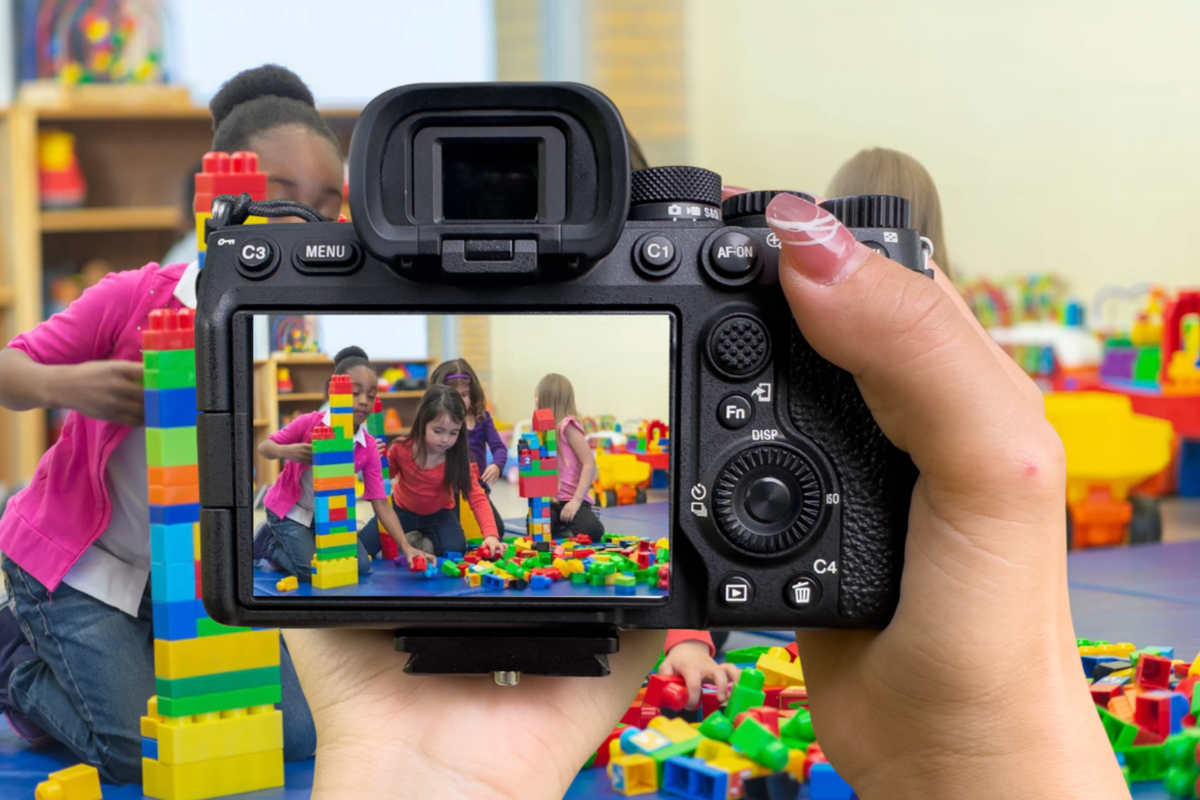A chat with Devon Rodriguez, the artist who surprises subway riders with epic portraits
The artist with over 8 million Instagram followers shares the best reaction he's had from drawing a stranger's face and more.
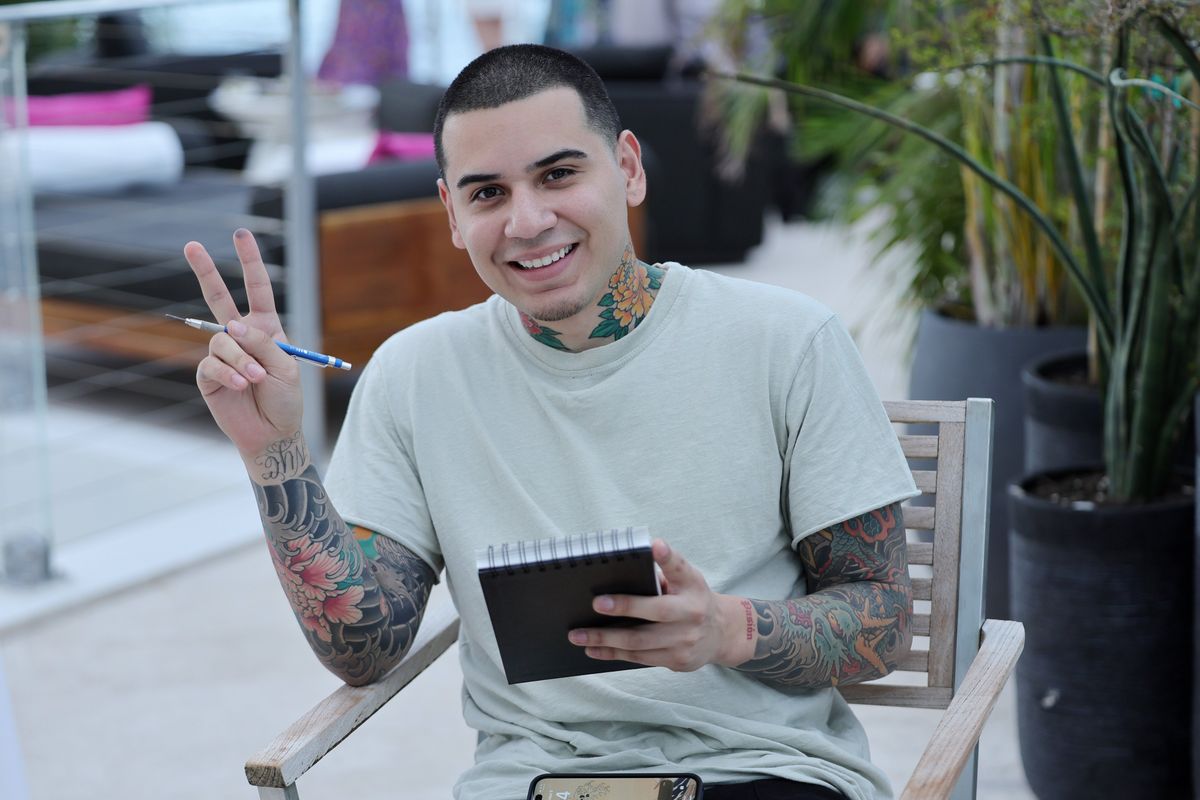
Subway portrait artist, Devon Rodriguez, shared what he loves most about drawing people's portraits.
Devon Rodriguez has known he had a talent for drawing since the first grade, when he would spend his lunch period drawing whatever his classmates requested in their notebooks. That's also when he learned he could make something from his art.
"l'd be like, 'All right, you guys have to give me some some of your chicken nuggets, because at this point I need something for this,'" Rodriguez says.
Years later, in 2010, an art teacher gave him an assignment to draw a stranger on the subway to practice portrait drawing. That assignment, along with Rodriguez's entrepreneurial spirit and the wisdom to leverage social media, would lead the artist to internet fame and the career he always dreamed of.
You may have seen viral videos of Rodriguez drawing gorgeous portraits of people on the New York subway and their stunned reactions when he gives them to people. Upworthy caught up with him after the Meta Sonic Listening Party during Miami Art Week, where Rodriguez stretched his creative muscles on the MetaQuest 3, learning to play the piano for the first time. The event was a part of Meta's multi-year "It's Your World" campaign—a call to action for the next generation to pave their path on their own terms—and Rodriguez shared how people can utilize new technologies to expand their skills and creativity.
(This interview has been lightly edited for space and clarity.)
UP: What's the most memorable response you've had from one of your subway portraits?
DR: "There's this one guy I drew and he had like all these face tattoos, and his eyes were tattooed and, you know, people would think he's very scary looking. But when I gave him a drawing, he opened up and was so kind-hearted. It became my most viral video with like 170 million views, and It was because people were like, 'I didn't expect someone that I thought was scary…you, like, humanized him, and you took down the veil of my judgment, and you're teaching me not to judge by a book by his cover.' So things like that I really love because it's meaningful beyond going viral, you know? It's changing thoughts."
UP: What's the best part of drawing someone's portrait?
DR: "I love everything about it. I can't explain it, but even when I'm not drawing, I'm always staring at people. Like, sometimes I forget that I shouldn't stare at people. I'll look at their eyes or their ear and be like, 'Oh, I wonder how I would draw that. That looks cool.
And then also, you know, just knowing—I don't want to sound cocky, but—knowing that I'm good at it. It's kind of like a party trick, getting people's reactions, like, 'Oh my God! It's me and my face and my individual features!' You know, they're so impressed by it, so it's fun."
UP: When they see themselves the way you draw them, are they surprised by their own beauty?
DR: "Yeah, I think so. Don't they say, when you look in the mirror, it's not really a true portrayal of the person? And then when somebody else sees them, that's how they truly look. So maybe there's something like that, where they're like, 'Oh wow, this is the way other people see me.' That different perspective."
UP: Take us back to when you were younger, before you had millions of followers and people knew about you and your art. What did you dream about doing?
DR: "This is exactly what I dreamed. And it's crazy—it's actually beyond what I dreamed. My dream was to become a big artist, a famous artist—it's cringe to admit that, but it's just the truth. But there's no real route or formula to become that. So. I just feel blessed that somehow I used whatever resources that were available to me, which was social media, to make it happen.
I'm always telling this story about how I took things into my own hands with like social media. Like with Instagram—I literally dropped out of college in 2015 for Instagram because I was like, why am I trying so hard for this art degree? I could just become an Instagram artist and then get clients from that instead of wasting my time and not knowing if I could make it. I feel like I have different choices than, let's say, my parents did because social media wasn't around."
UP: How do you think art in general makes the world a better place?
DR: "I think it's just one of the really positive sides of humanity—just creativity and seeing somebody create something with their hands that looks so beautiful, and it's so profound, and you get this strong feeling from it. That's, like, the light side of humanity, you know? It changes the world. When you watch somebody sing a beautiful song and you know they've been practicing for 20 years, it's like, wow. It's moving."
UP: What was the Meta Listening Party experience like for you?
DR: "The listening party was Meta introducing us to their new technologies, like the MetaQuest 3 and the Ray-Ban smart glasses. I own a MetaQuest, so I was already familiar with that. They have this graffiti game where you spray paint, and I was always so impressed by how realistic it is compared to real spray paint. Even when you move, it's like subtle things that only an artist would know. Like when you spray paint and flick the can, how the flair would be exactly [right] and like the distance from the wall—so many little subtle things.
At the Meta party, they were showing us PianoVision, and they had a professional pianist, and he was talking about how close it is to reality. So it was just like a whole campaign showing us all their technology and how accessible it is for people to learn things. Instead of buying a whole piano or buying a whole art kit—let's say you want to paint portraits or something—with the MetaQuest you have access to all of that.
Then I got to perform what I learned on the piano in front of all these people. I was a little nervous, but overall it was all fun."

Devon Rodriguez and Austin Millz played on PianoVision with Meta Quest 3 at the Meta Sonic Listening Party in Miami on December 09, 2023.
Getty Images for Meta
UP: As someone who works with traditional mediums, is it surprising to you how advanced technology has gotten? Or is there still a gap to bridge in terms of working with paper and pencil versus working with something totally digital?
DR: "Yeah, it's actually very close. I feel like people don't really realize it until you actually put it on. Like you have to try on the Quest and experience it for yourself, because it's shocking how advanced it is."
UP: What advice do you have for aspiring artists?
DR: "My advice is to just really find what you're passionate about because then that's gonna pull you—you're not gonna need motivation, you're just gonna want to do it. So like, don't draw people on the subway just because you see me doing it and it works. Don't do this because you see another guy doing it. Do something that you really love and then you'll be the best at that, because no one's gonna have to tell you to do it. You'll have your own drive."
UP: What's coming up in the near future for you?
DR: "Like three months ago, I started this series where I go up to strangers and I sit down on the street with them and talk to them about their life while I'm drawing them. And I did some traveling to Europe last year, so next year I want to pick 12 countries and go explore and film constantly, like exploring and learning about all these people and cultures while I'm drawing all of it. And then creating a whole series, and putting them into like a book of drawings of people from around the world. Yeah, so that's my next plan."
You can follow Devon Rodriguez on Instagram and learn more about the MetaQuest 3 here and the new Ray-Ban Meta smart glasses here.



 TikTok · Ale
TikTok · Ale
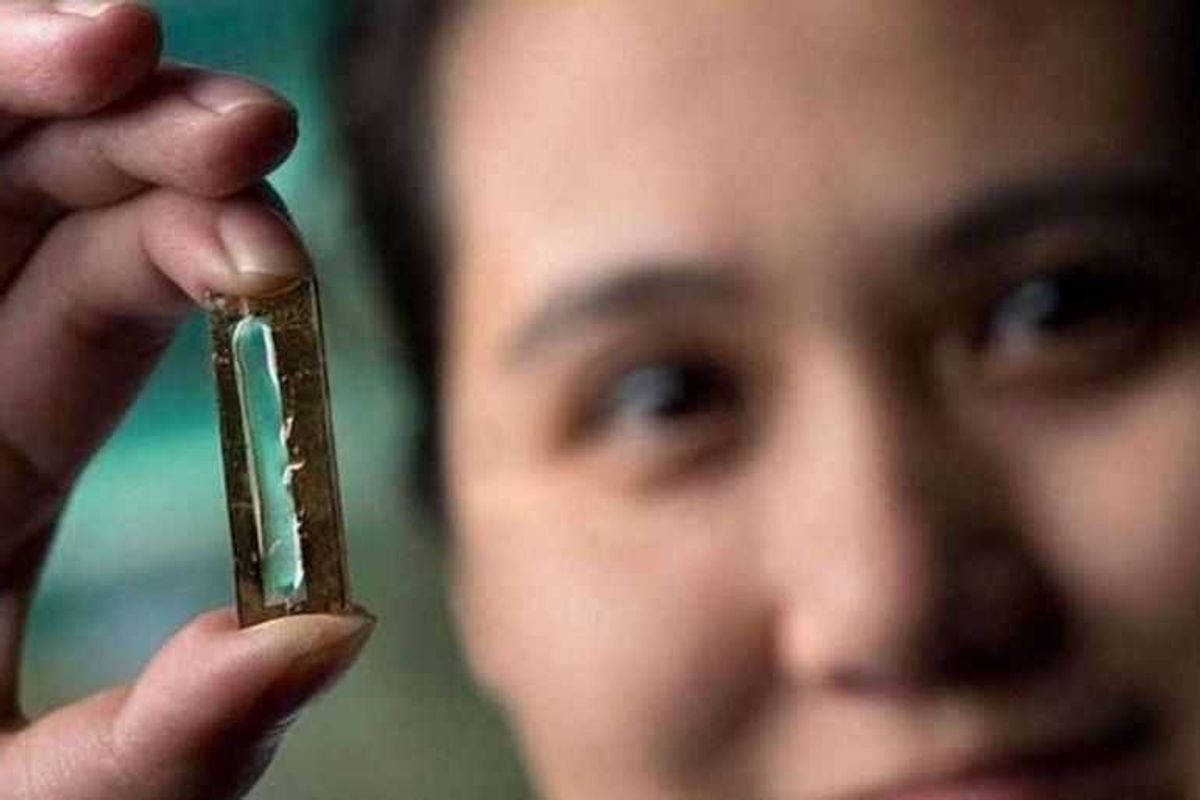
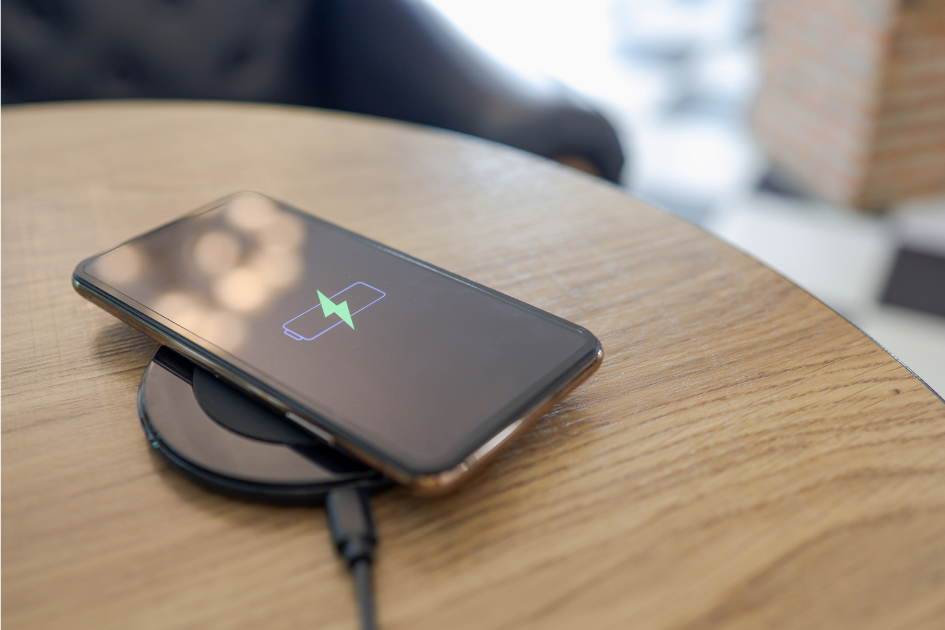 Phone charging.
Phone charging. bill nye chemistry GIF by NETFLIX
bill nye chemistry GIF by NETFLIX 
 A happy woman in the Netherlands.via
A happy woman in the Netherlands.via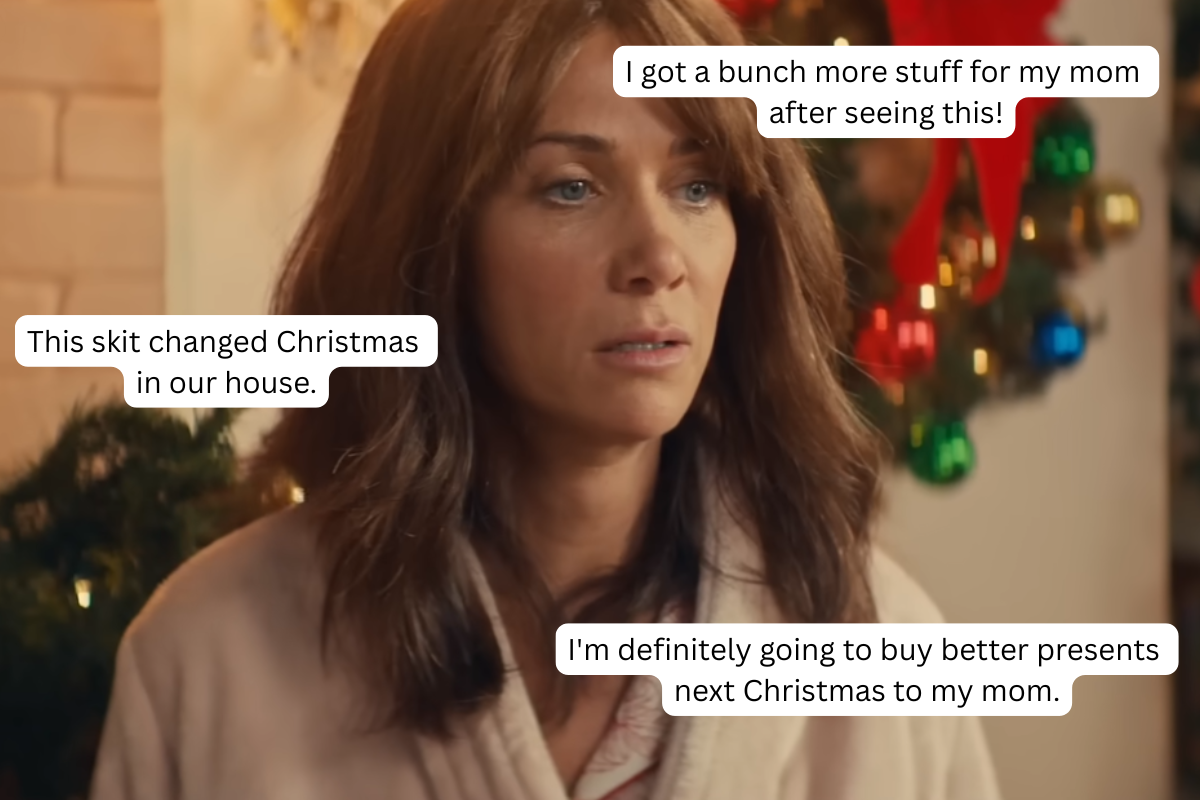

 Thumbs up
Thumbs up  Woman in chair.
Woman in chair. 